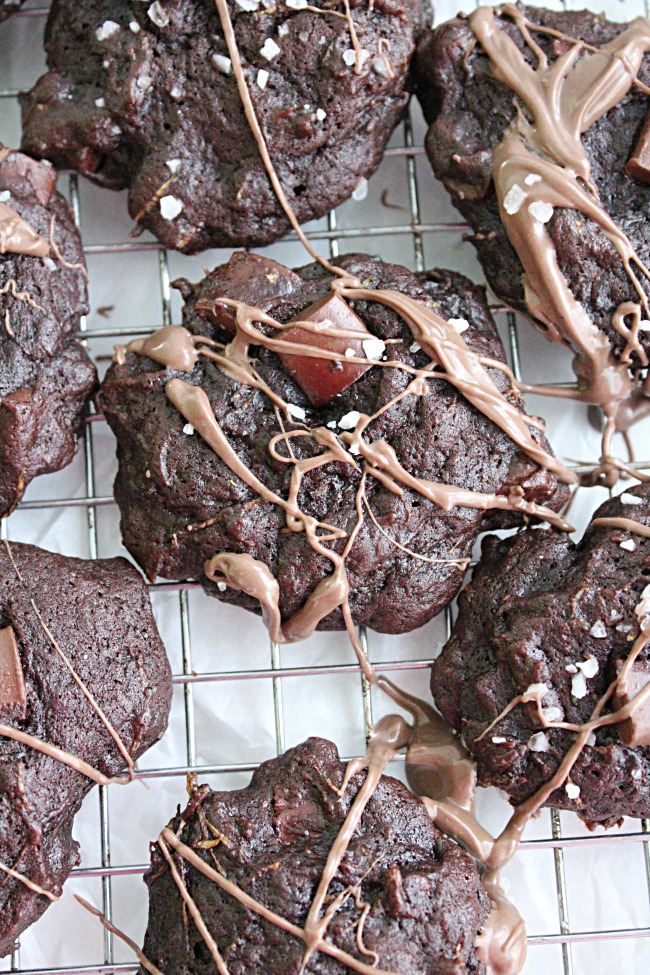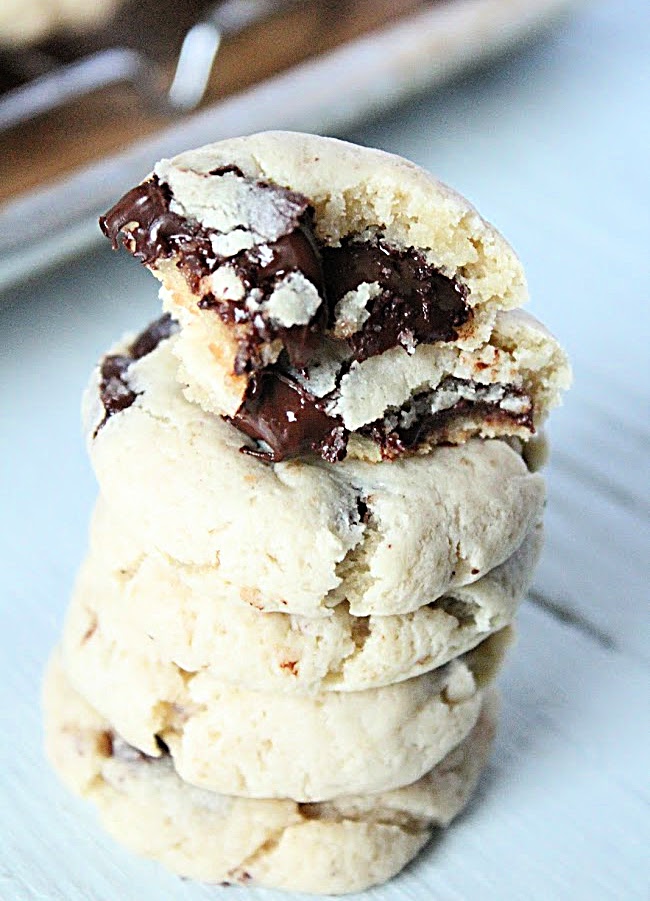10 Popular Foods That Didn’t Exist 30 Years Ago
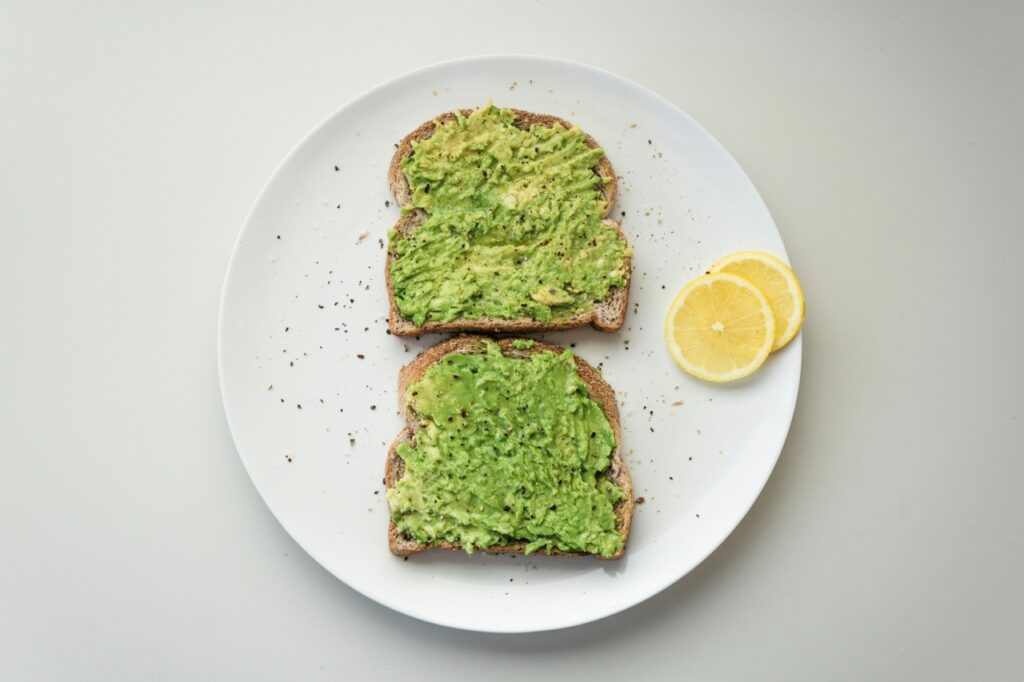
The way we eat has transformed more in the last three decades than in the century before it. Foods once unheard of, like oat milk lattes, plant-based burgers, and acai bowls, are now everyday staples found in kitchens and cafés around the world. Driven by technology, health consciousness, and a touch of social media magic, these innovations have redefined flavor, convenience, and identity on the plate. Whether inspired by sustainability, wellness, or pure indulgence, the following foods didn’t exist or weren’t remotely popular just 30 years ago.
1. Plant-Based Meat

Few innovations have changed the modern food scene like plant-based meat. The first commercial versions, such as Beyond Meat and Impossible Burger, only appeared in the 2010s, blending science and sustainability into a convincing alternative to beef. Instead of relying on soy or vegetables like older veggie patties, these use pea protein and heme to mimic the taste, juiciness, and even the browning of real meat. Their success came from offering a guilt-free way to enjoy a burger while cutting environmental impact. Once a niche vegan concept, plant-based meat is now on fast-food menus worldwide, reshaping what it means to eat responsibly without sacrificing flavor.
2. Bubble Tea
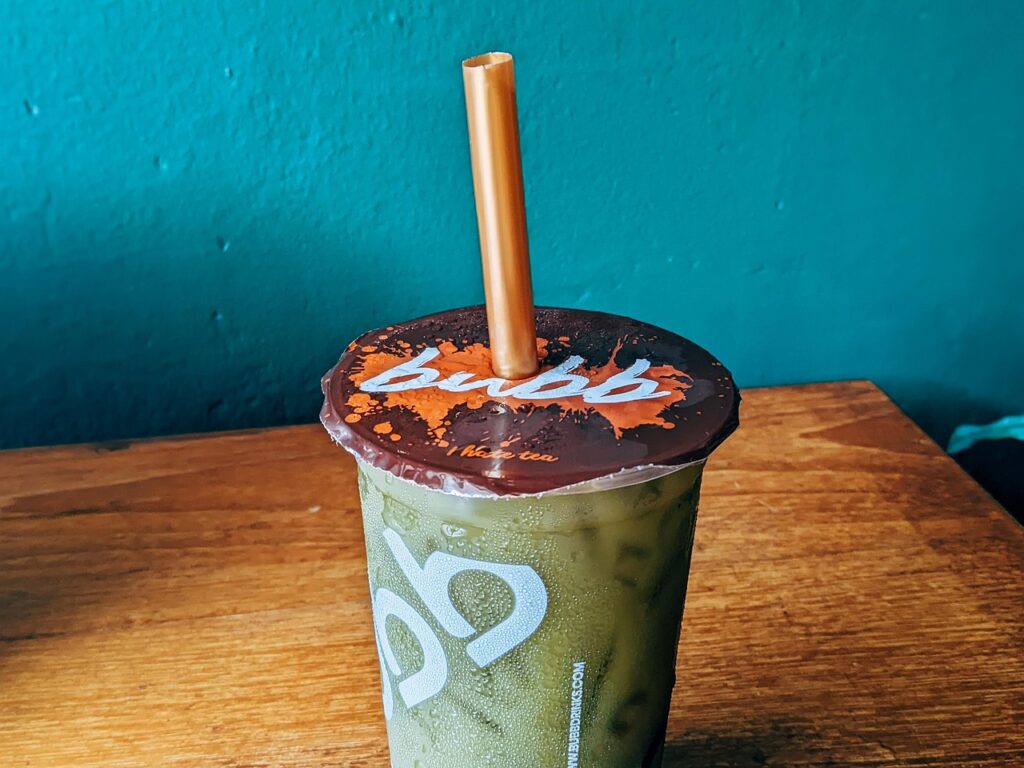
What started as a quirky Taiwanese drink in the late 1980s took nearly two decades to conquer the globe. Bubble tea, also known as boba, pairs sweet milk tea with chewy tapioca pearls, creating an oddly satisfying texture contrast that became addictive. By the 2000s, bubble tea chains began popping up in major cities, driven by younger generations craving customizable drinks and Instagram-worthy colors. Its popularity skyrocketed as influencers showcased pastel cups and creative toppings like fruit jellies or popping pearls. Today, bubble tea isn’t just a drink’s a global culture blending nostalgia, fun, and a little indulgence in every sip.
3. Avocado Toast
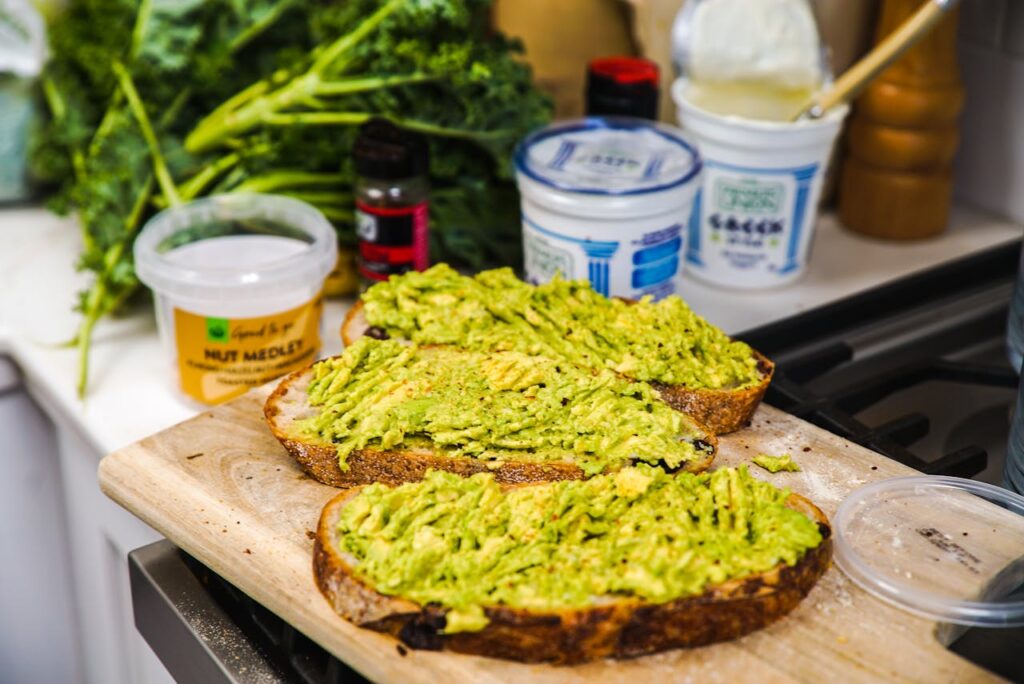
Once a humble breakfast idea in Australia, avocado toast became a cultural phenomenon by the early 2010s. Its rise was fueled by café culture, wellness trends, and the visual allure of green avocado spread over rustic bread. Millennials embraced it as a symbol of healthy minimalism, fresh, nutrient-rich, and photogenic. The trend exploded on social media, inspiring endless variations with eggs, microgreens, or chili flakes. What was once a simple snack evolved into a lifestyle statement, representing mindful eating and a preference for wholesome, real ingredients over processed meals.
4. Sriracha Sauce
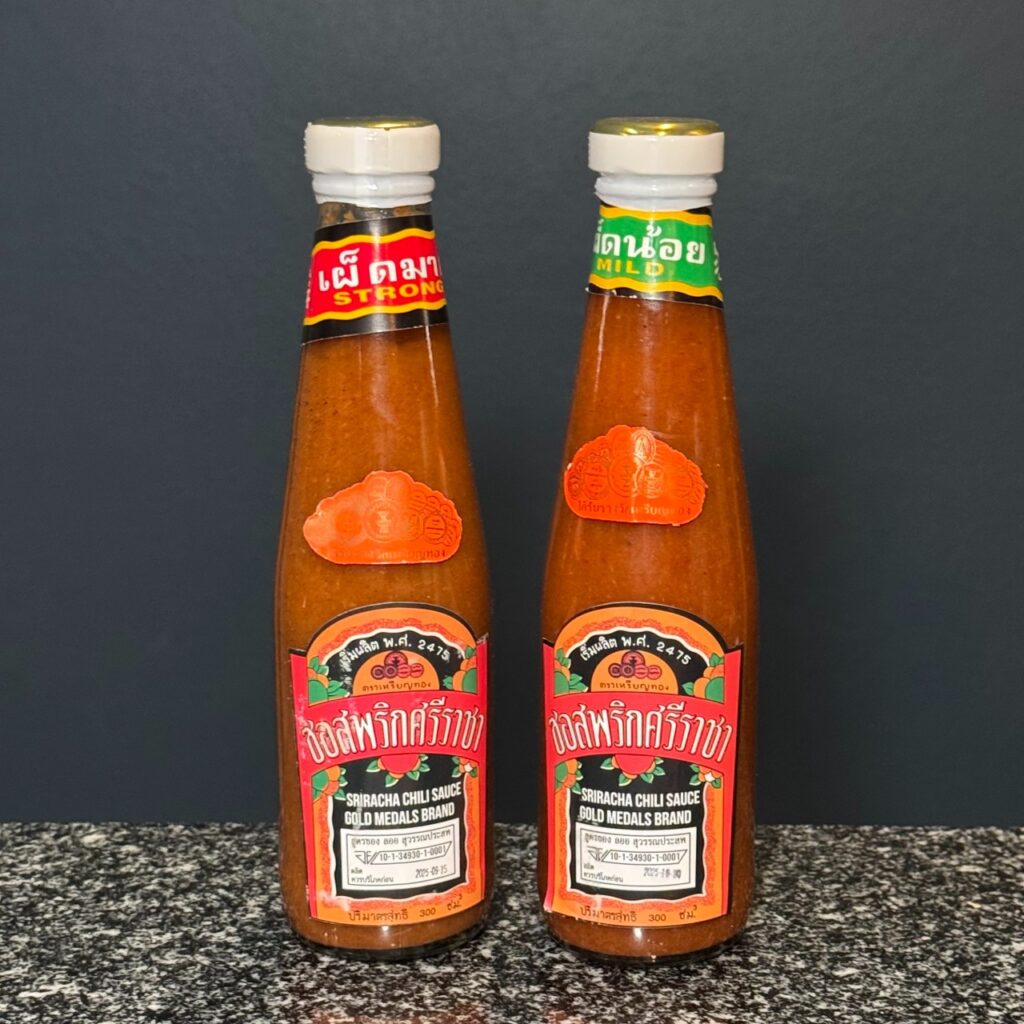
No condiment has captured global taste buds quite like Sriracha. Created by Huy Fong Foods in California during the 1980s, it didn’t truly take off until the mid-2000s. Its blend of heat, tang, and subtle sweetness made it more than just a hot sauce; it became a cultural icon. The green-capped bottle appeared on restaurant tables, in home kitchens, and even on clothing designs. Sriracha transformed spicy food culture, inspiring new sauces, snacks, and fast-food collaborations. Its mass appeal lies in versatility; whether mixed into ramen, pizza, or eggs, Sriracha turns any meal into something bold and unforgettable.
5. Greek Yogurt

Greek yogurt revolutionized the dairy aisle in the late 2000s. Unlike regular yogurt, it’s strained to remove whey, resulting in a thick, creamy texture packed with protein. This made it perfect for health enthusiasts looking for a satisfying yet nutritious snack. Brands like Chobani helped introduce it to the mainstream, and soon, Greek yogurt became synonymous with clean eating. Its success also reshaped the market traditional yogurt sales dropped as consumers favored the tangy richness and versatility of the Greek style, whether used in smoothies, dips, or desserts.
6. Acai Bowls
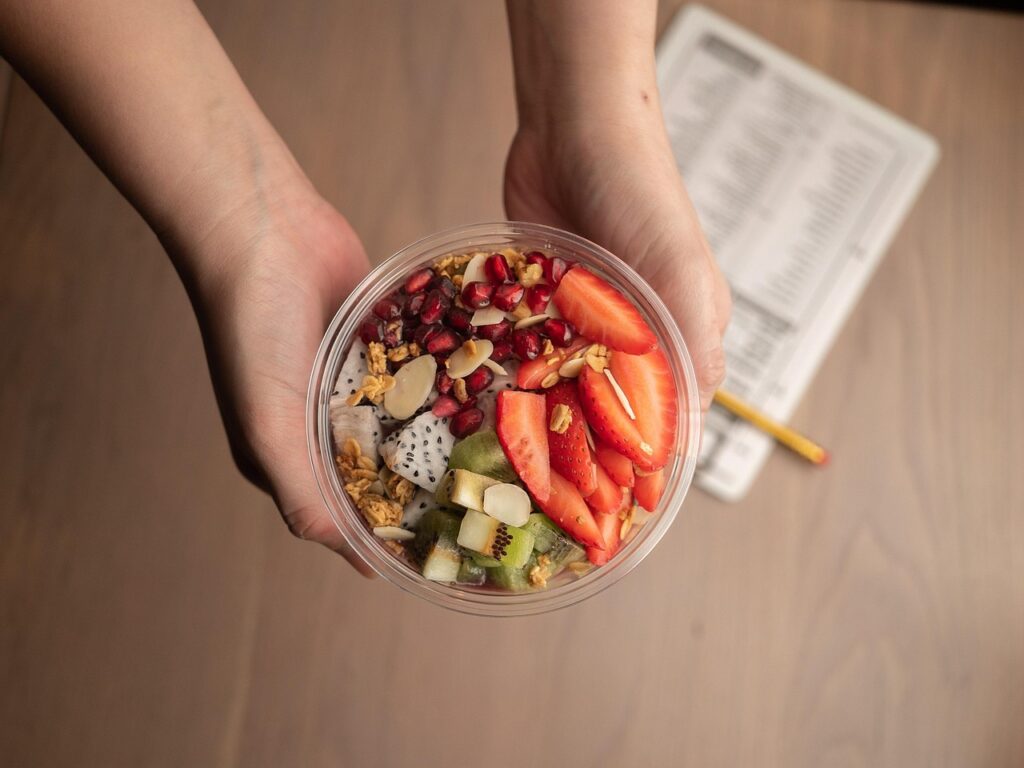
The acai bowl began as a regional favorite in Brazil but didn’t explode internationally until the 2010s. Made from frozen acai berries blended with fruit and topped with granola, coconut, and honey, it became a symbol of tropical health. The deep purple hue made it an instant favorite on Instagram, while its antioxidant-packed reputation appealed to wellness seekers. Smoothie bars and cafés quickly embraced it, offering countless variations with superfoods like chia or goji. The acai bowl’s popularity reflects a global shift toward nutrient-rich, plant-based breakfasts that feel indulgent yet wholesome.
7. Kombucha
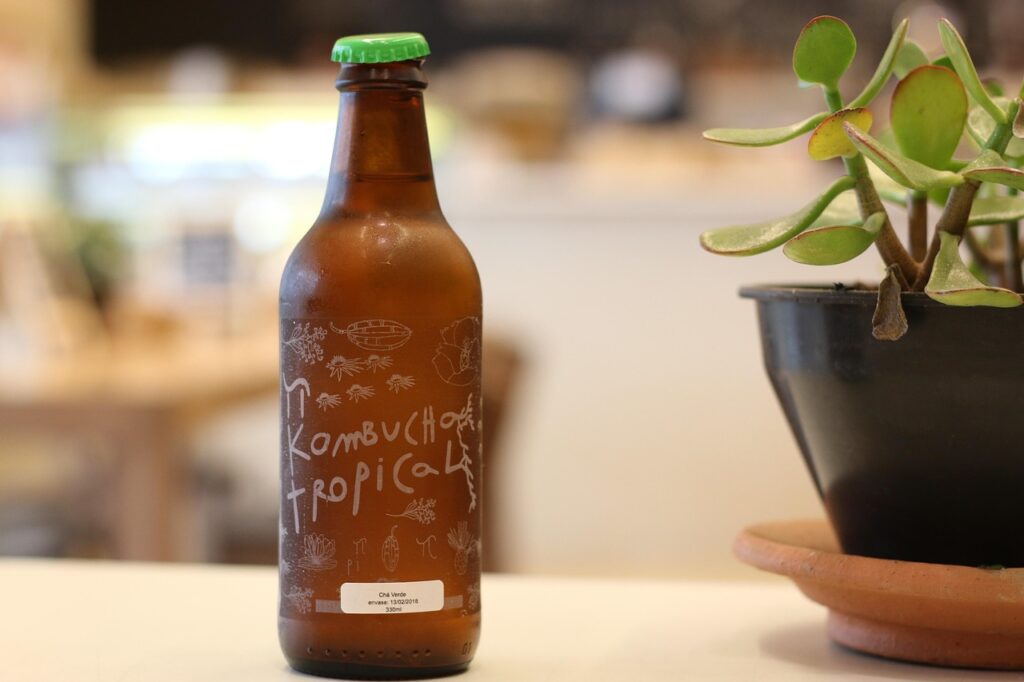
Kombucha’s rise is a story of rediscovery. Though it’s been brewed for centuries, this fermented tea only entered the mainstream in the 2000s. Its slightly tangy, fizzy taste and probiotic benefits made it a favorite among health-conscious consumers. Companies like GT’s Living Foods turned it from a niche homebrew into a multimillion-dollar industry. Kombucha appealed to those seeking natural wellness solutions, and its flavors, ginger, hibiscus, or mango, made gut health more appealing. Today, it’s a staple of café menus and grocery shelves, blending ancient tradition with modern nutrition science.
8. Cronuts
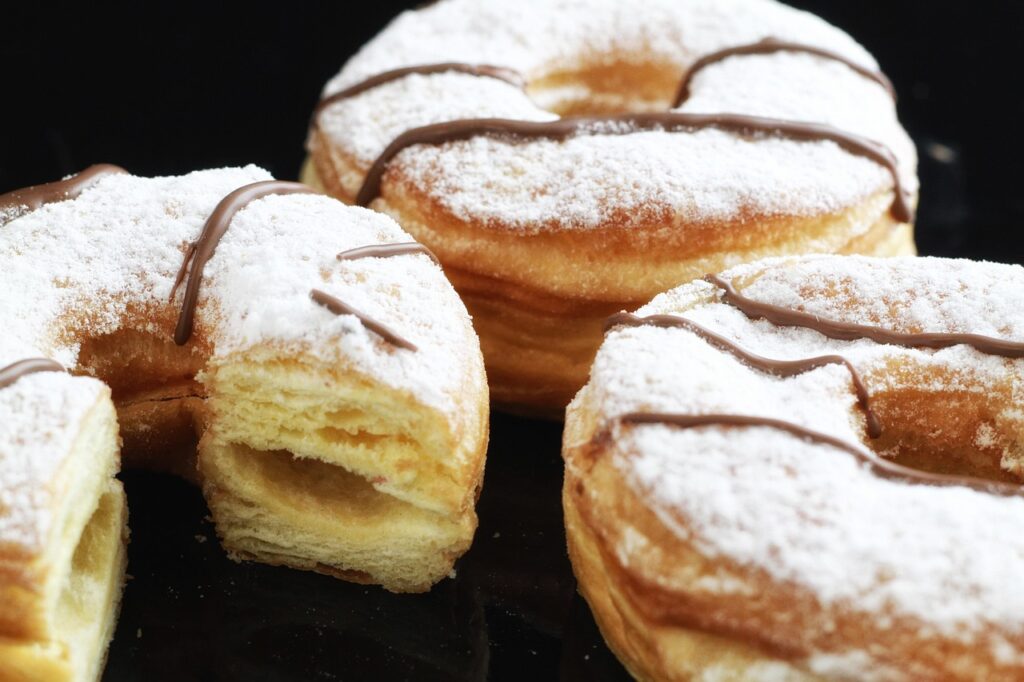
When pastry chef Dominique Ansel unveiled the cronut in 2013, the world took notice. Combining the flaky layers of a croissant with the sweet indulgence of a doughnut, it became an overnight sensation. Lines formed around New York City bakeries as people waited hours to taste this innovative hybrid. The cronut sparked a new wave of food creativity, inspiring “mashup” desserts like the brookie and the sushi burrito. Beyond being delicious, it symbolized the power of viral food trends and how innovation in the kitchen could turn a simple pastry into global fame.
9. Oat Milk

Oat milk went from unknown to essential in less than a decade. Emerging around 2015, it quickly outpaced almond and soy milk thanks to its smooth texture and naturally sweet flavor. Its ability to froth made it a favorite for baristas, while its low environmental footprint appealed to eco-conscious consumers. Brands like Oatly helped shape its identity, marketing it as both sustainable and stylish. Oat milk’s rise isn’t just about taste; it’s about a cultural shift toward plant-based living that feels modern, inclusive, and environmentally aware.
10. Poké Bowls
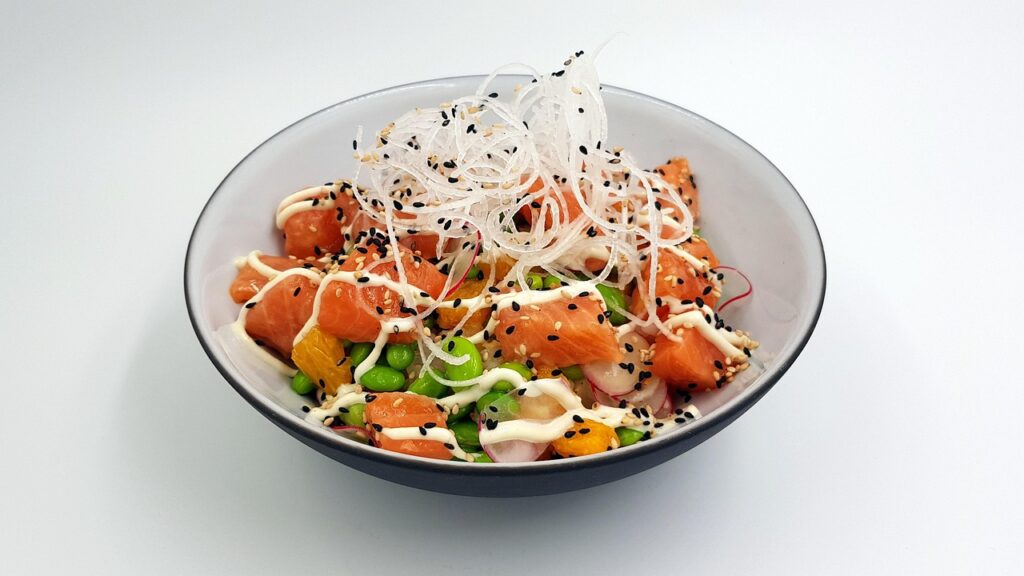
Hawaiian poké existed long before it became a global trend, but its modern bowl format, customizable, colorful, and fast-casual, took off in the mid-2010s. Offering fresh fish, rice, and vibrant toppings, poké bowls appealed to sushi lovers seeking something lighter and more flexible. Restaurants began popping up across the world, each adding regional twists like spicy mayo or tofu. The dish captured the essence of contemporary eating: health-conscious, customizable, and globally inspired. It’s proof that simple, balanced food can travel across oceans and still feel fresh and exciting.


